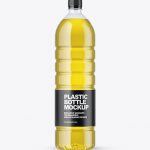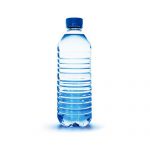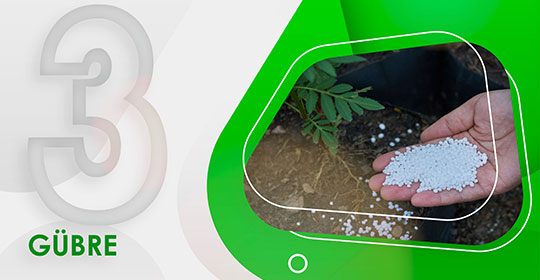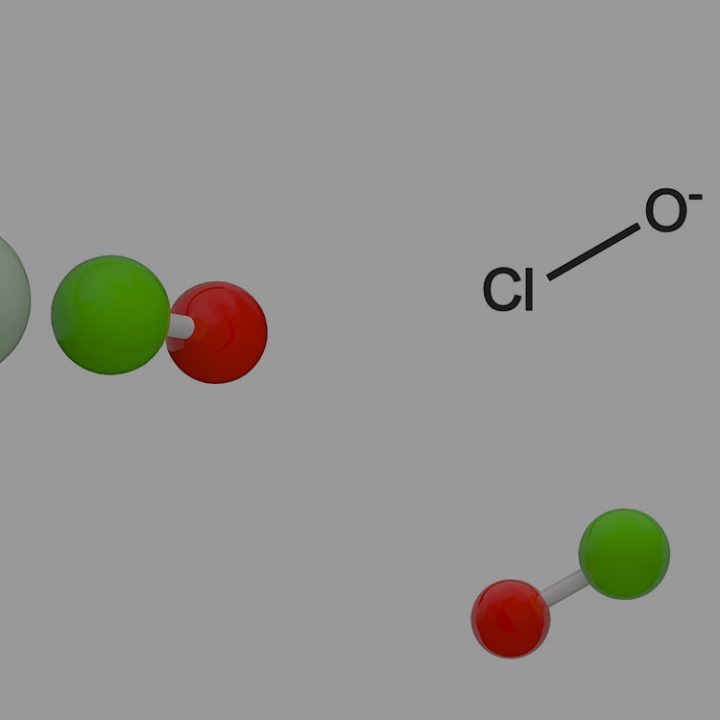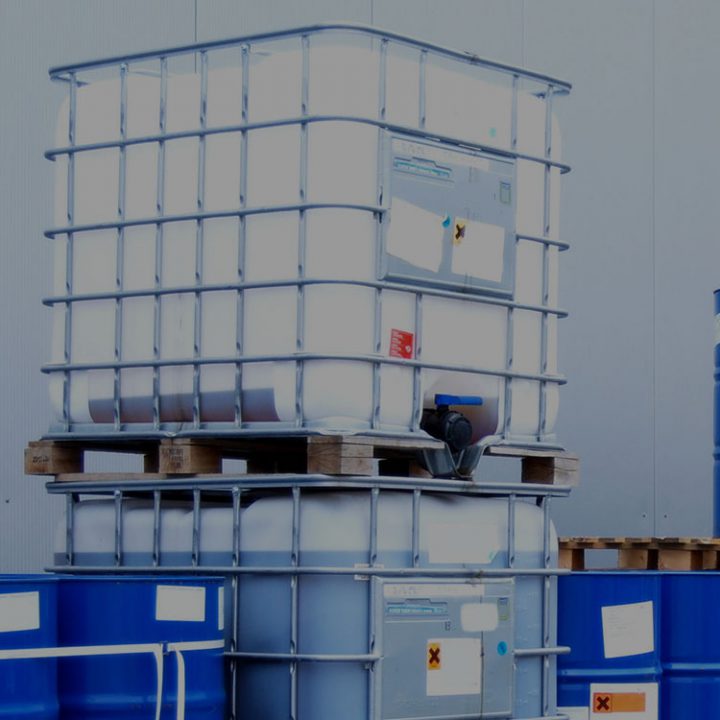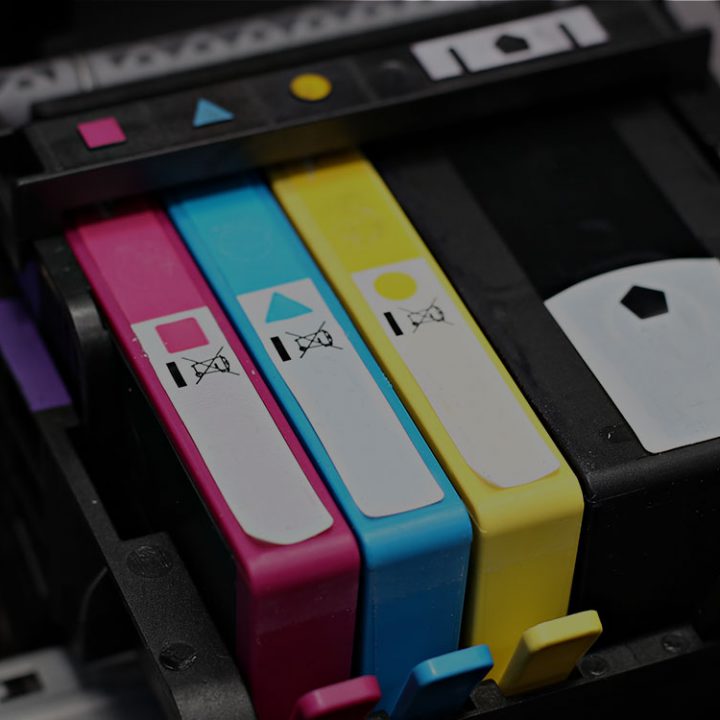SODA ASH
- Home
- urunler
- KİMYASALLAR
- SODALAR
- SODA ASH
SODAS
SODA ASH
A series of refining steps are required to produce soda ash from trona ore. First the raw ore from the mine is crushed and screened. The materia l is then fed to rotary calciners and heated. In this process, the trona decomposes to form crude soda ash, which is dissolved in water. The insoluble shales are separated from the solution by a combination of settling and filtration steps, and the resulting insoluble tailings are taken back into the mine as backfill. The soda ash solution is treated to remove organic materials yielding a high-purity saturated solution of sodium carbonate.
Next, the solution is fed to crystallizers where water is evaporated and sodium carbonate monohydrate crystals are formed. The industry-familiar term “mono-process” originates from this process step. The crystals are dewatered and washed using cyclones and centrifuges, and the solution is recycled to the evaporator units for further recovery of soda ash. The monohydrate crystals are fed to rotary kilns where they are dried to finished soda ash. Finally, product is screened and sent to storage silos awaiting rail and truck loadout.
TDS
Where is it used?
Soda ash has a number of diversified uses that touch our lives every day. Glass manufacturing is the largest application for soda ash whether it is in the production of containers, fiberglass insulation, or flat glass for the housing, commercial building, and automotive industries.
Soda ash also is used to clean the air and soften water. As environmental concerns grow, demand increases for soda ash used in the removal of sulfur dioxide and hydrochloric acid from stack gases. Chemical producers use soda ash as an intermediate to manufacture products that sweeten soft drinks (corn sweeteners), relieve physical discomfort (sodium bicarbonate) and improve foods and toiletries (phosphates). Household detergents and paper products are a few other common examples of readily identifiable products using soda ash.

SODAS
To order this product, proceed from the order registration link or contact us at the contact numbers.
FOR ORDER| PROPERTY | TEST METHOD | UNIT | VALUE |
| Mass density (23 C) | ISO 1183 | g/cm3 | 0.945 |
| Melt Flow Rate (190 C/5.0kg) | ISO 1133 | g/10min | 0.45 |
| Melt Flow Rate (190 C/21.16 kg) | ISO 1133 | g/10min | 12 |
| FRR(21.6/5) | – | 27 | |
| Stress at Yield | ISO 527 | Mpa | 22 |
| Flextural Creep Modulus (4point,1min) | DIN 19537-2 | Mpa | 950 |
| Tensile Modulus(23 C,v=1mm/min,secant) | ISO 527 | Mpa | 850 |
| Stress at Break | ISO 527 | Mpa | 35 |
| Elongation at Break | ISO 527 | % | >850 |
| Elongation at Yield | ISO 527 | % | 8 |
| Softening Temperature | ISO 306 | C | 67 |
| Brittle Temperature | ASTM D746-72 | C | <-80 |
| shore D hardness | ISO 868 | 60 | |
| ESCR in full notch creep te2 (80 C,2%Arcopal) | ISO CD 16770 h@4.0Mpa | 50 | |
| Impact 2rength (23 C) | ISO 179/1eA | Kj/m2 | 23 |
| S4 Te2 (RCP) | ISO DIS 13477 | bar | PC >3 |
| Notch Te2 (SCG) | ISO DIS 13479 | Mpah@4.0 | >250 |
| Hydro2atic 2rength te2 (80 C) | ISO 1167 | Mpah@4.6 | >1000 |
| VN | – | Cm3/g | 300 |




